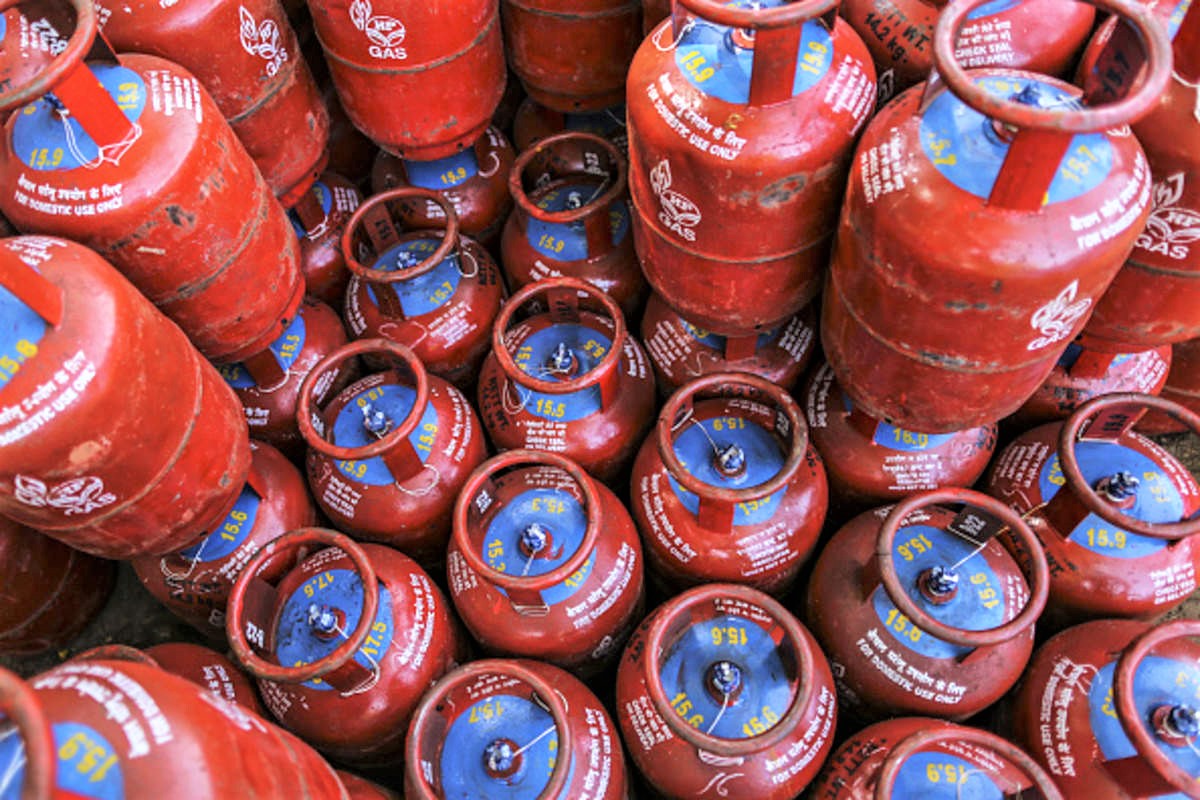LPG Subsidy
Figure 3: No Copyright Infringement Intended
Context:
- The sustained rise in the price of LPG cylinders has been burning a hole in many a household budget for more than a year now.
Usage of LPG:
- As per the India Residential Energy Survey (IRES) 2020, conducted by the Council on Energy, Environment and Water (CEEW) and the Initiative for Sustainable Energy Policy, LPG has now replaced biomass as the most common cooking fuel in India.
- Nearly 85% of Indian homes have an LPG connection and 71% use it as their primary cooking fuel, compared to only 30% a decade back.
Reasons behind the Success:
- This reversal of trends could be attributed to the success of the Ujjwala, consumption-linked subsidies and gradual strengthening of the LPG distributorship.
- High Awareness: With rise in per capita income, awareness regarding indoor pollution caused by biomass is leading to change to LPG.
- Women Rights: Women are increasingly becoming about their rights and demanding ease of life leading to LPG in the home.
- Low prices of natural gas: Internationally low prices of natural gas kept the prices of LPG relatively low thus making it affordable.
Concern:
- Around 30% of Indian households continue to rely on biomass as their primary cooking fuel, mainly due to high LPG prices.
- The practice of biomass usage is predominantly concentrated in rural areas, particularly among States such as Bihar, Jharkhand, Chhattisgarh, Madhya Pradesh, Odisha and West Bengal.
- Urban slums are also critical hotspots where the use of biomass for cooking is widely prevalent.
- Easy availability of free biomass and lack of home delivery of LPG refills further reduce the efficacy of LPG as a reliable and affordable proposition.
Reason to Restore the subsidy::
- Rise in expenditure: At the current refill prices, an average Indian household would have to spend around 10% of its monthly expense on LPG to meet all its cooking energy needs.
- Loss in income during Covid: Given the loss of incomes and livelihoods during the novel coronavirus pandemic, the ability of households to afford LPG on a regular basis has taken a further hit.
- Increase in prices: LPG prices have increased dramatically with rise in crude oil prices making it unattractive to the user.
- Welfare state: Women empowerment and right to health is a fundamental right under article 21 and government must provide subsidy for the same.
Way Forward:
- Government can limit the subsidy provision to seven to eight LPG refills annually and excluding well-to-do households using robust indicators.
- lower the income-based exclusion limit for LPG subsidy to ₹2,50,000 a year from ₹10 lakh a year
- Exclude families owning a non-commercial four-wheeler vehicle can significantly reduce the number of eligible beneficiaries.
- There is a need to strengthen the LPG supply chain and enforce timely service delivery, particularly in States with a large number of Ujjwala connections and slum population.
- Self-help groups could be looped in to help aggregate demand and create jobs in distant areas.
- households can be incentivised to supply locally available biomass (including crop stubble or dung cakes) to Compressed Bio-Gas (CBG) production plants being set up under the Sustainable Alternative Towards Affordable Transportation (SATAT) scheme.
Pradhan Mantri Ujjawala Scheme:
- Under this scheme, 5 crore connections are to be provided to the people needing them.
- BPL families will be offered a support of Rs.1600 per connection. This is for the cylinder, booklet, pressure regulator, safety hose, etc. and will be borne by the government itself.
- Apart from these, the scheme also provides interest-free loans to buy stove and refill by oil marketing companies.
- The connections would be given in the name of women of the households.
- An initial outlay of Rs.8000 crore was sanctioned for the implementation of the scheme.
- The authorities would identify BPL families based on the Socio Economic Caste Census data.
- Target of Pradhan Mantri UjjwalaYojana (PMUY) has been enhanced from five crore to eight crore.
Success of Ujjwala Scheme:
- Usage pattern of PMUY customers who have been in the system for a year or more and have beenbuying four or more cylinders a year.
- Users focus on the value that LPG generates for them and not on its cost.
- customers are able to devote more time towards children, theelderly and sick, along with reduced drudgery and gains in health.
- It has also witnessed the emergence of a peer learning platform: the Pradhan Mantri LPG Panchayat.
- LPG penetration in India has risen from 56% in 2014 to90%.
- Women are engaging in economic opportunities leadingto income generation rather than engaging in non-remunerative work of collecting fodder.
- It is also helping in reducing indoor air pollutions.
CAG reports/Concerns:
- Risk of diversion of domestic LPG cylinders for commercial use, as 1.98 lakh beneficiaries had an average annual consumption of more than 12 cylinders.
- The oil marketing companies had issued 7.19 crore connections, which is about 90% of the target to be achieved until March 2020.
- Out of 3.78 crore LPG connections, 1.60 crore (42%) connections were issued only on the basis of beneficiary Aadhaar which remained a deterrent in de-duplication.
- Laxity in identification of beneficiaries.
- Lack of input validation check in the IOCL software allowed issue of 0.80 lakh connections to beneficiaries aged below 18.
- 59 lakh connections were released to beneficiaries who were minor as per the SECC-2011 data, which was in violation of PMUY guidelines and LPG Control Order, 2000.
- Mismatch in the name of 12.46 lakh beneficiaries between the PMUY database andSECC-2011 data.
- Connections were given to “unintended” persons.
- Delay of more than 365 days in the installation of 4.35 lakh connections against the stipulated timeperiod of seven days.




1.png)
